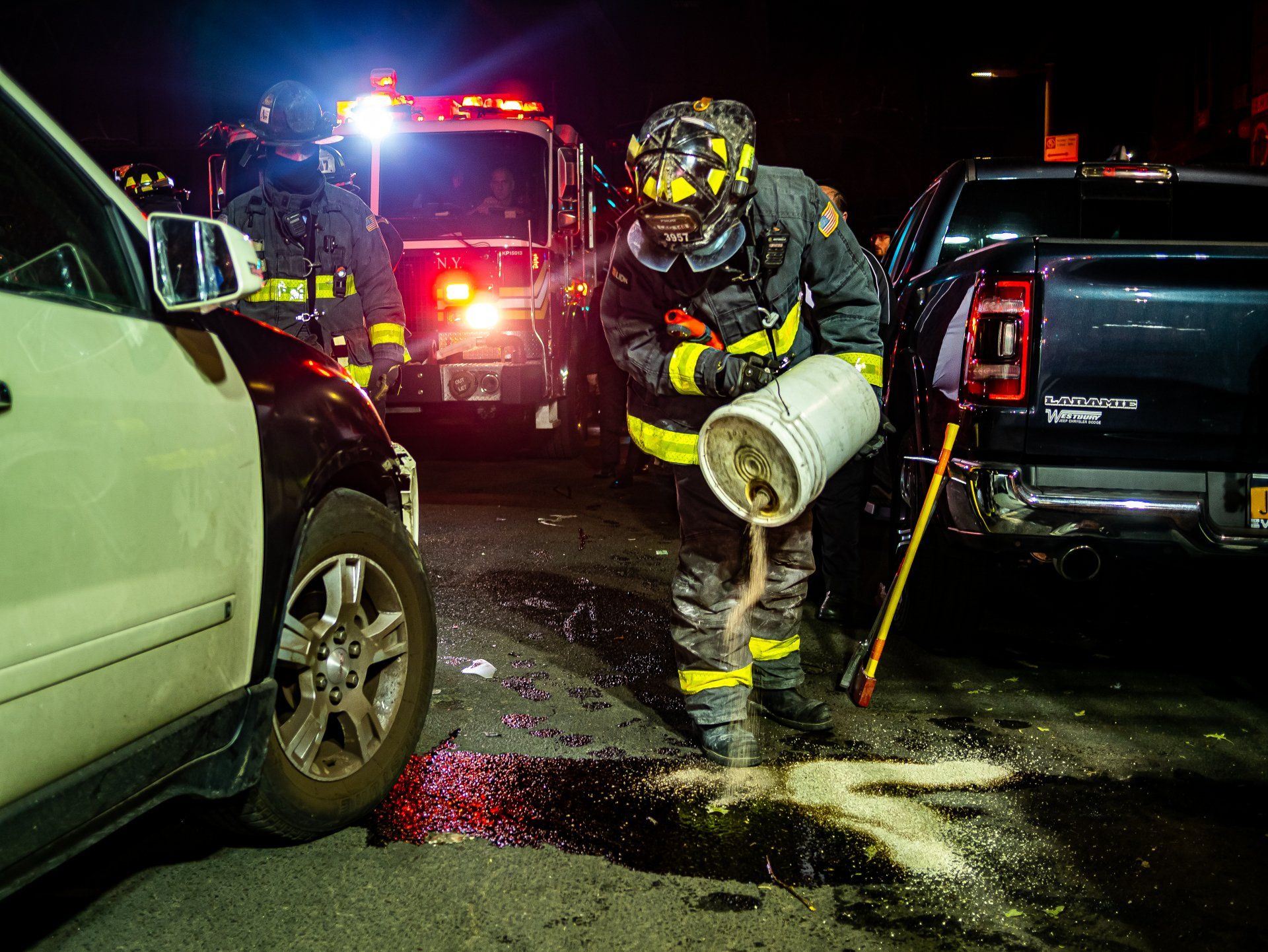May 11, 2015
The Ontario Trial Lawyers Association has prepared a series of blogs identifying current issues with the recent budget and how it impacts people injured by Motor vehicles. Please read the full blog here. http://otlablog.com/hidden-costs-of-the-provincial-budget/ Part One of a Three-Part Series on the 2015 Ontario Budget Last month, the Ontario Liberal government revealed its latest budget entitled “Building Ontario Up” but what it does to our auto insurance benefits is actually the opposite by significantly slashing benefits available to accident victims. This follows promises that tout more affordable insurance but do not disclose the true cost to those who find themselves in need of the coverage now, and those who will unfortunately need the protection in the future. The rationale of the Liberal government is that the reduced benefits will lower claim costs which will then be passed on to the consumer in the form of savings on premiums. A promise to reduce rates by 15% was made about two years ago but in reality, and by their own admission, has not been realized. It is estimated that since 2013 rates have decreased by only about 7%, and many of us still have not seen that reduction. On the other hand, the cuts to benefits will be effective immediately once the budget is passed. The reduced premiums come at the cost of a 50% slash to (or total elimination of) many benefits that were once part of mandatory insurance coverage prior to the 2010 reforms. The erosion of available benefits is disproportionate to any rate decrease and is unfair to consumers. According to the Liberal budget, “…costs in Ontario’s auto insurance system remain too high,” While a reduction in claim costs is welcomed by consumers and stakeholders alike, it can be achieved through other means. For example, as discussed on the OTLA blog following the release of Justice Cunningham’s review of the Dispute Resolution System late last year, insurers spent thousands of dollars on Independent Medical Assessments which account for roughly 25% of total health claims expenses. Despite this, the Liberal government made the choice to save costs by reducing available benefits rather than regulating insurer practices. The insurance industry has been crying poor through persistent lobbying (that also comes at a great cost), while profits have been on the rise since the initial cuts began in 2010. The latest benefit cuts will surely continue to boost these margins. Data released by the General Insurance Statistical Agency (GISA) suggests a dramatic reduction in Accident Benefit claims from $3.8 billion in 2009 to a low of $1.9 billion in 2012. While claims over the past year were projected to rise to $2.2 billion they are still down overall. This has allowed insurers to reap massive profits at the expense of those who need it most: accident victims. Profits remain high, payments to claimants remain low, and benefits are further restricted with trivial savings that may never end up in the consumer’s pocket. What additional cuts can we expect from this budget? The budget combines the medical and rehabilitation benefit which currently offers $50,000 of coverage and the attendant care benefit which currently offers $36,000 of coverage into one cumulative coverage limit of $65,000 – a reduction of more than $20,000. In the case of the catastrophically injured, attendant care and medical and rehabilitation benefits have been reduced from $2 million to a combined total of $1 million. This begs the question: is a 50% reduction in benefits worth a 7% reduction in premiums to some consumers in Ontario? The real kicker is that Ontario NDP leader Andrea Horwath – whose party propped up the Liberal minority in exchange for the 15% reduction to auto premiums – has publicly opposed the proposed changes stating, “…if you are talking to the insurance industry, they are going to try to paint it in a way that looks like they are really struggling. I don’t think anyone in this room believes that for a minute and I certainly don’t.” She went on further to say that “…in 2010 the (Liberal) government made changes to the policies around insurance and all that did, instead of creating an opportunity for reductions, is it created an opportunity for insurance companies to pocket more money.” So what has the Liberal government and the insurance industry offered the public in exchange for the slashing of benefits? A mandatory discount for winter tires. Think about that the next time you’re shopping for a set of Michelins. This blog post was contributed by Michael Giordano, Junior Partner and Monty Dhaliwal, Associate Lawyer of Sal Guzzo LL. B.




